From prehistoric cave murals to digital masterpieces on tablets, painting has remained one of the most powerful and personal forms of human expression. Across cultures, generations, and technologies, painting transcends words and speaks directly to our emotions. But what makes painting so timeless? Why does the simple act of applying pigment to a surface continue to inspire, heal, and challenge us?
Let’s explore the fascinating world of painting—its history, its mediums, its styles, and how anyone can start their own journey with a brush and imagination.
A Brief Journey Through the History of Painting
Painting has existed for more than 40,000 years. The earliest known paintings—found in the caves of Lascaux in France and Altamira in Spain—used natural pigments to depict animals and symbols. These were more than decorations; they were cultural rituals, spiritual reflections, and early attempts at storytelling.
As civilizations emerged, painting evolved. Egyptian art told stories of gods and kings through symbolic wall paintings. The Greeks and Romans advanced realism in murals and mosaics, while the Middle Ages centered painting on religious themes and iconography.
Then came the Renaissance, a golden era in painting history. Artists like Leonardo da Vinci, Michelangelo, and Raphael redefined art with techniques such as perspective, anatomy, and realism. Art was no longer just religious or decorative—it became intellectual, emotional, and revolutionary.
In the 19th and 20th centuries, painting broke free from tradition. Impressionists like Monet captured light and mood instead of detail. Expressionists like Van Gogh painted emotion with bold color. Abstract artists like Kandinsky turned away from form entirely. Modern painting now includes everything from graffiti and digital painting to NFTs and conceptual art.
The Many Mediums of Painting
The tools and materials painters use greatly influence the final artwork. Each medium offers a unique texture, speed, and expression. Here are some of the most popular painting mediums:
- Oil Paint: Known for its rich texture, deep colors, and slow drying time. Ideal for blending and building layers.
- Acrylic Paint: Fast-drying and versatile. Great for beginners and professionals alike.
- Watercolor: Light, transparent, and often unpredictable. Perfect for soft landscapes or dreamy scenes.
- Gouache: Opaque like acrylic but with the reusability of watercolor. Commonly used in illustrations.
- Ink and Wash: Popular in East Asian art. Ideal for fine lines, calligraphy, and expressive brush strokes.
- Digital Painting: Using software like Procreate or Adobe Fresco, artists now paint with pixels. It’s fast, flexible, and undo-able!
Choosing a medium is like choosing a language—it shapes the way you communicate your ideas visually.
Painting Styles and Movements That Inspire
Over the centuries, painting styles have grown as reflections of culture, emotion, and innovation. Here are a few influential art movements to know:
- Realism: Representing subjects as they are. Realistic portraits, landscapes, and everyday life scenes.
- Impressionism: Capturing fleeting light and movement, often with visible brush strokes and vibrant color.
- Expressionism: Focused on emotional impact rather than accuracy—think exaggerated shapes and intense color.
- Surrealism: Dreamlike and often bizarre, surrealist paintings explore the subconscious.
- Abstract: Moving beyond physical representation to shapes, color, and form.
- Pop Art: Inspired by consumer culture and media, using bright colors and repetition (e.g., Andy Warhol).
- Contemporary Art: Includes mixed media, street art, digital work, and conceptual themes.
Understanding these styles helps you find your artistic voice while appreciating others’ creative visions.
How to Start Painting: Simple Steps for Beginners
Painting can be intimidating if you’re just starting. But like any skill, it grows with practice and passion. Here’s how to get going:
- Choose a Medium: Acrylic is a great place to start—it’s easy to use and dries fast.
- Get Basic Tools: A few brushes, paints, and good-quality paper or canvas are enough to begin.
- Start Small: Don’t worry about perfection. Try abstract shapes, simple flowers, or color blending exercises.
- Study and Observe: Look at art in museums, books, or online. Learn from great painters and see what moves you.
- Practice Regularly: Even 15 minutes a day builds skill and confidence.
- Experiment Freely: Don’t limit yourself. Mix mediums, paint with fingers, or try new color combinations.
- Reflect and Evolve: Look back on old work and celebrate progress.
Painting isn’t about becoming famous—it’s about expressing yourself and enjoying the journey.
Painting in the Digital Age
Today, painting is more accessible than ever. Apps like Procreate, Krita, and Adobe Fresco allow artists to create anywhere, without needing a studio or expensive materials. Online platforms like Instagram, Behance, and ArtStation help you share your work, get feedback, and build a creative community.
Additionally, blogging about your painting process can inspire others and improve your visibility on search engines. Posts like “How I Painted a Stormy Sky in Acrylic” or “3 Ways to Blend Colors in Watercolor” give value and help build your audience.
Final Thoughts
Painting is more than an art form—it’s a conversation between the soul and the surface. Whether you’re painting a peaceful landscape, a bold abstract, or a digital portrait, every brushstroke is a step toward self-discovery.
So pick up a brush, open your heart, and begin. In a world that moves fast and demands words, painting gives us a moment to pause, feel, and simply create.
Question to Engage Readers
What painting medium do you love the most—and why?
Share your experience in the comments below or tag your art with #ArtIcalsPaint on social media!
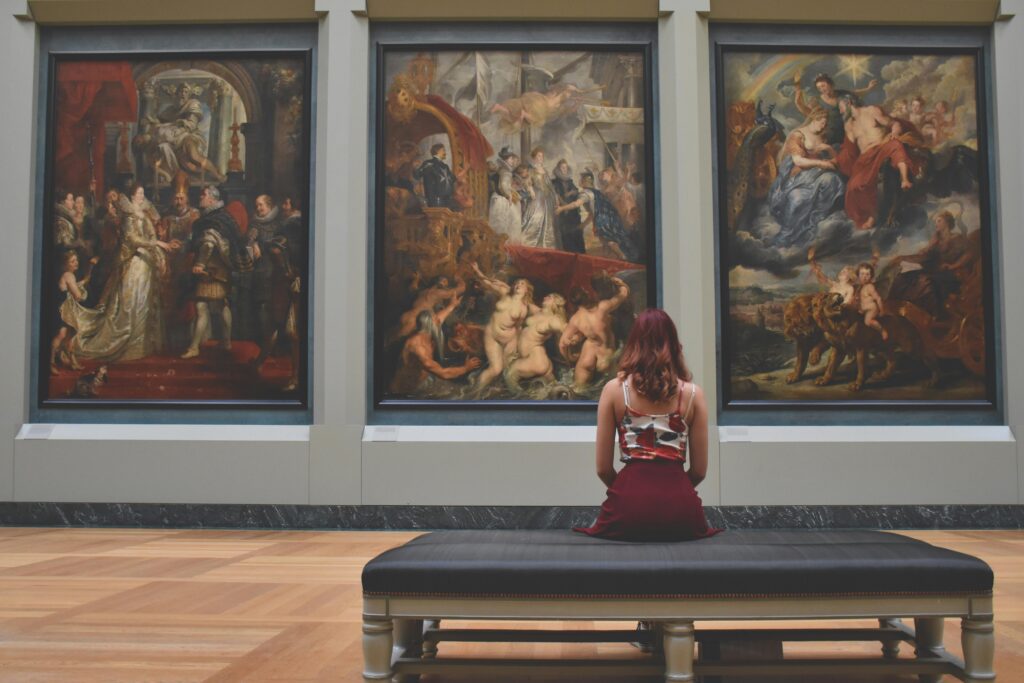
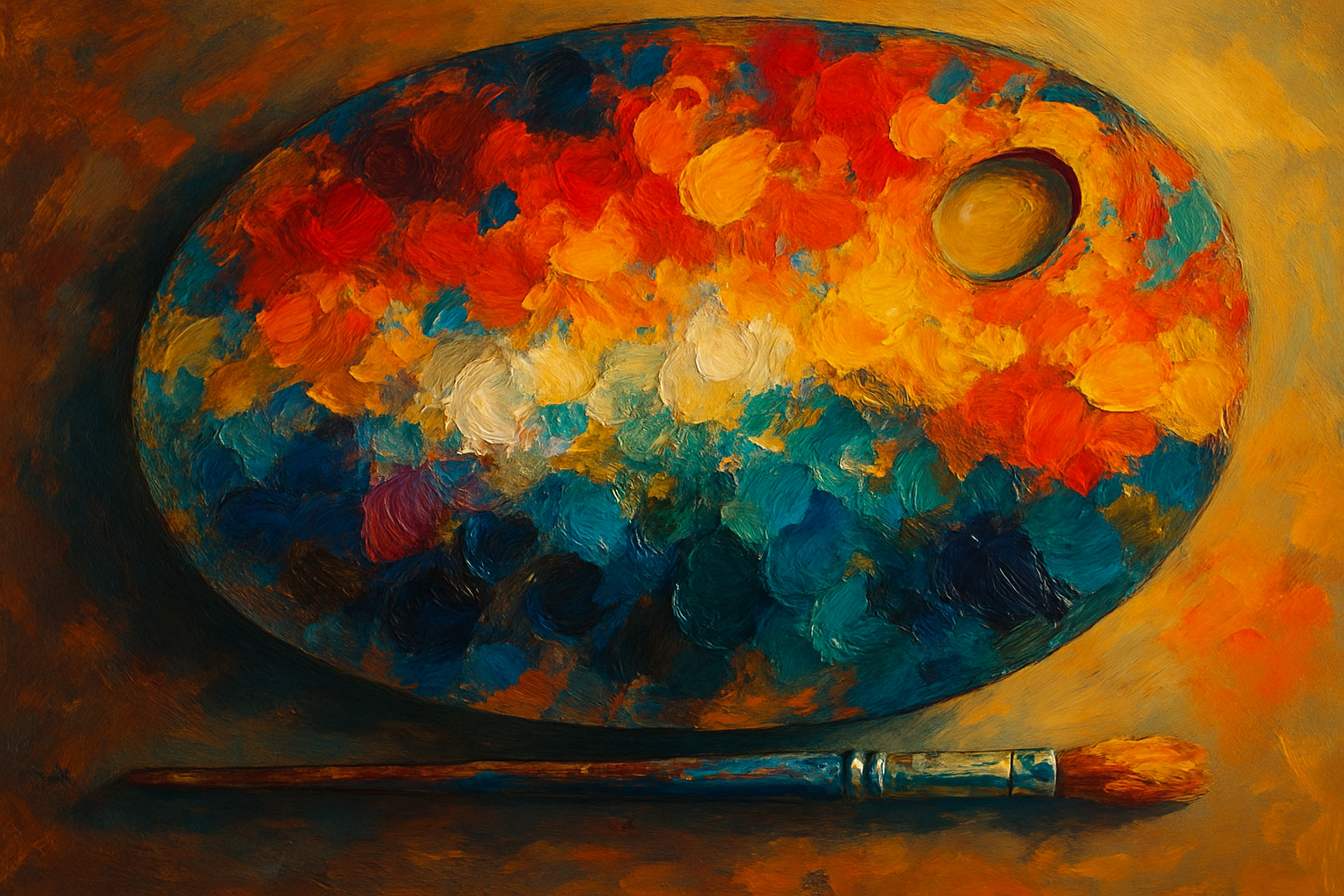
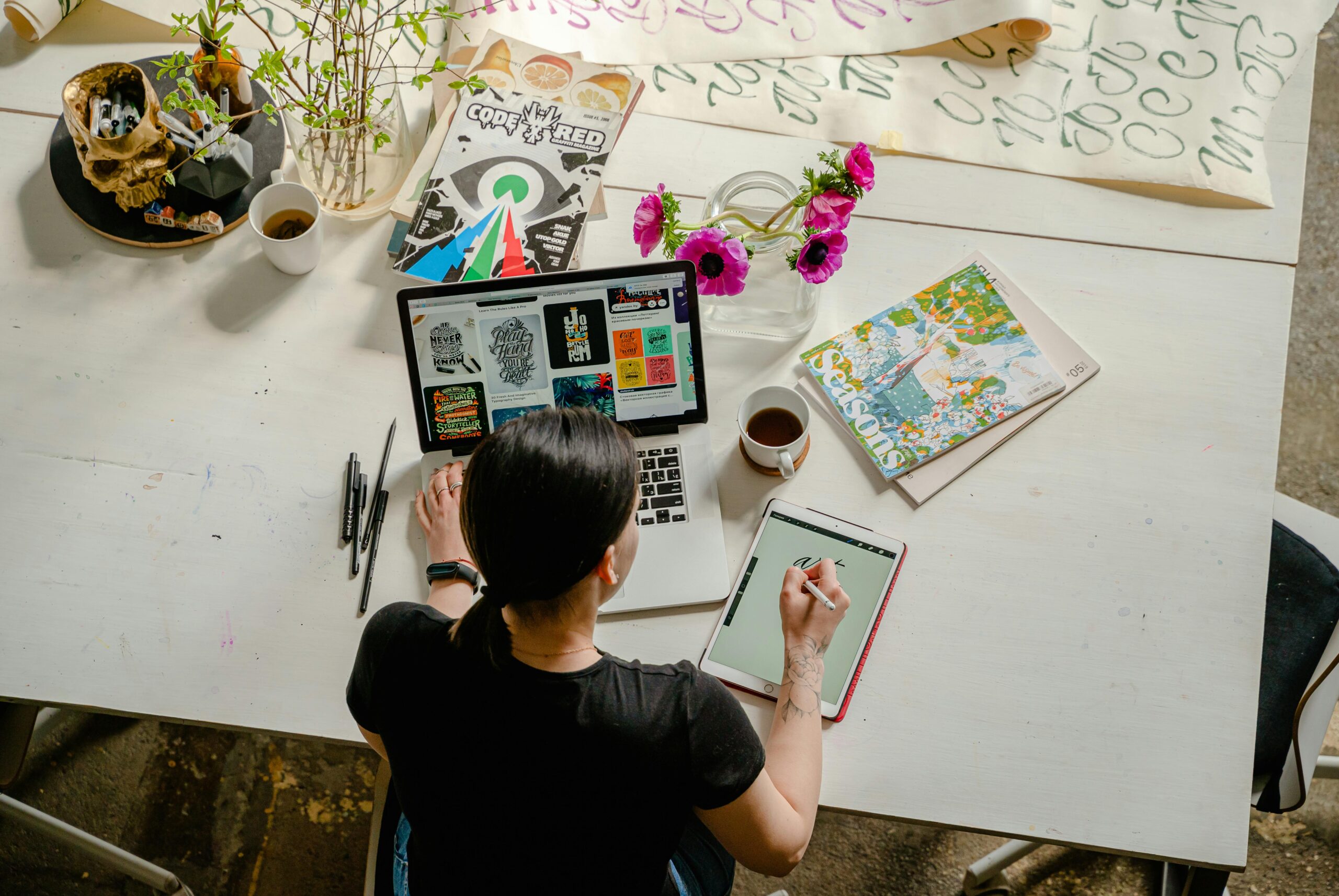
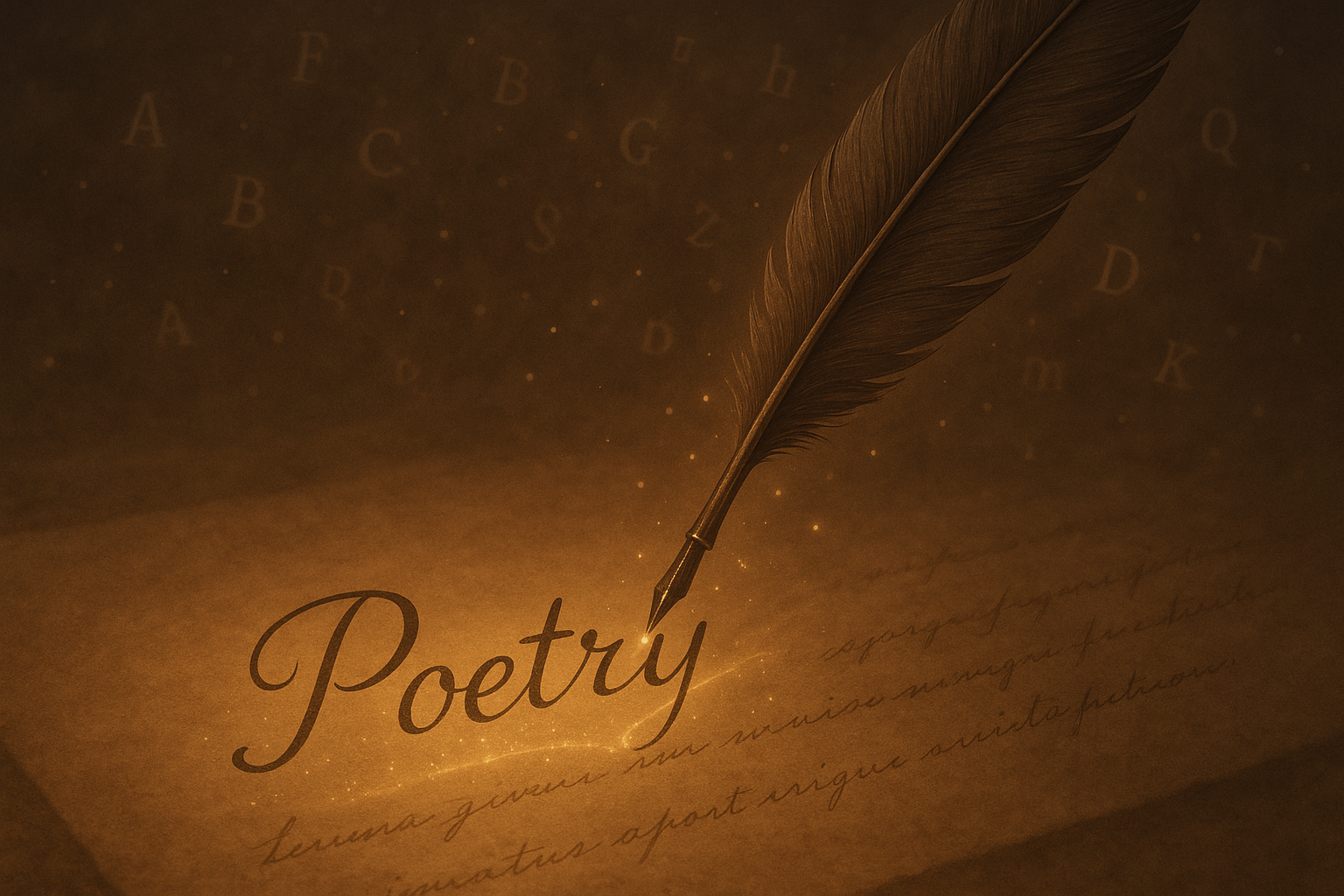
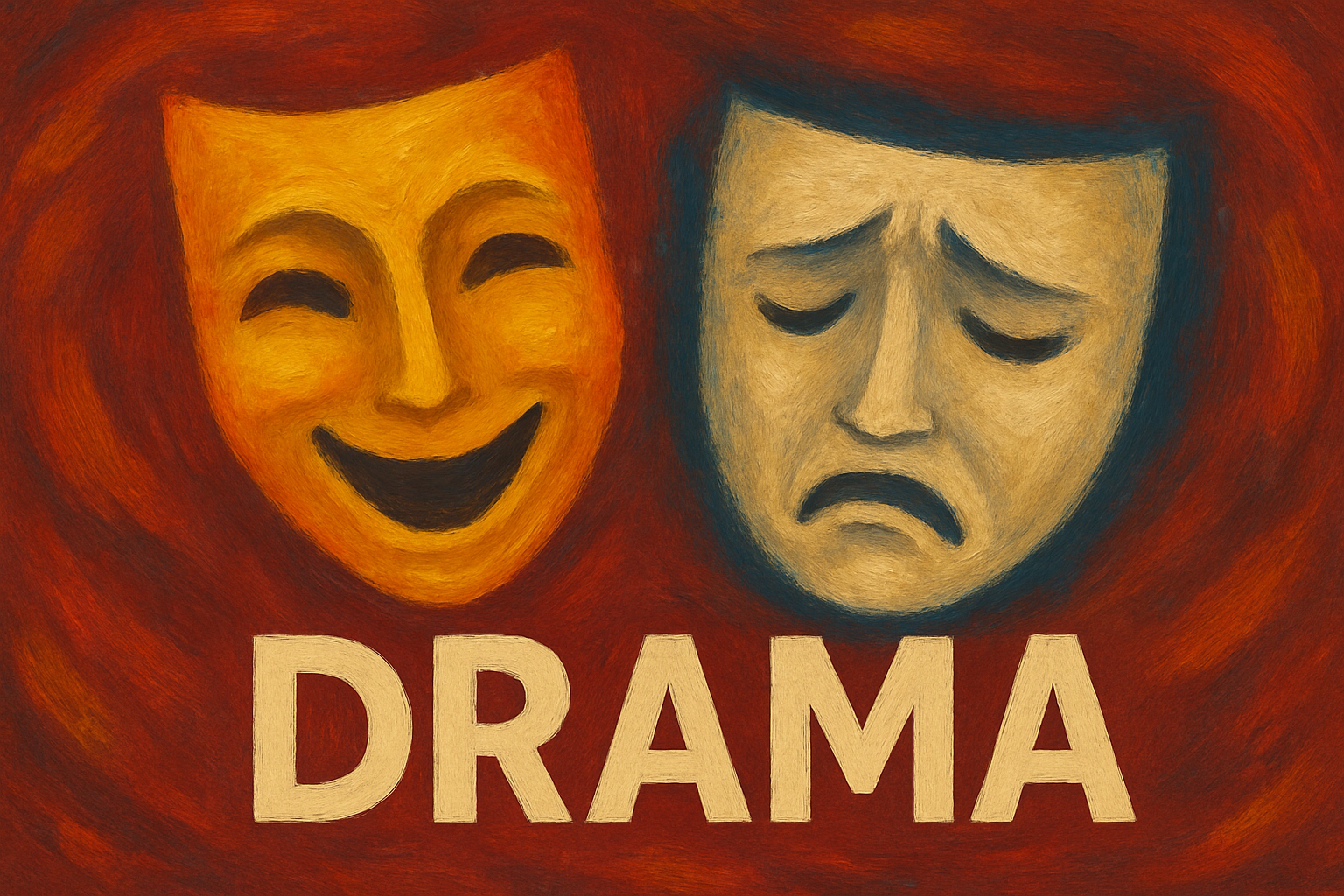
Leave a Reply